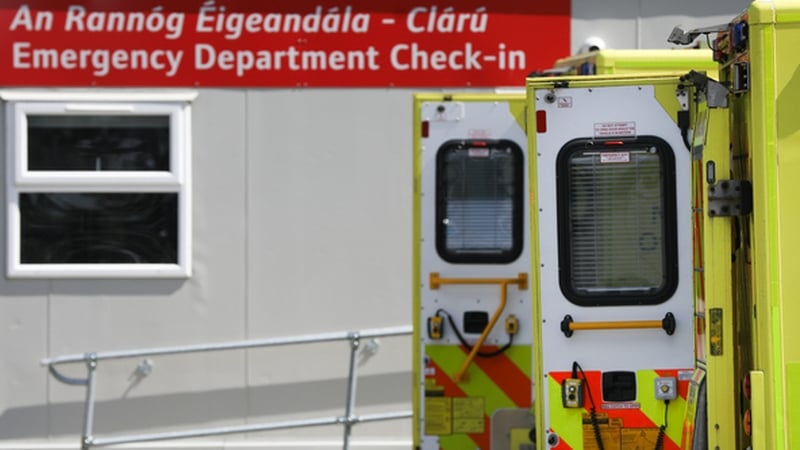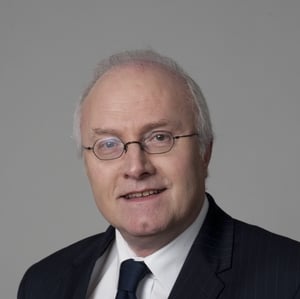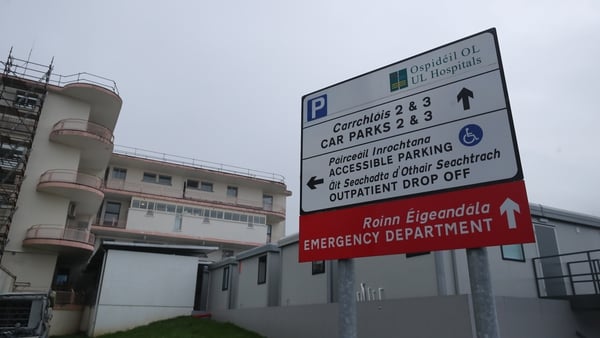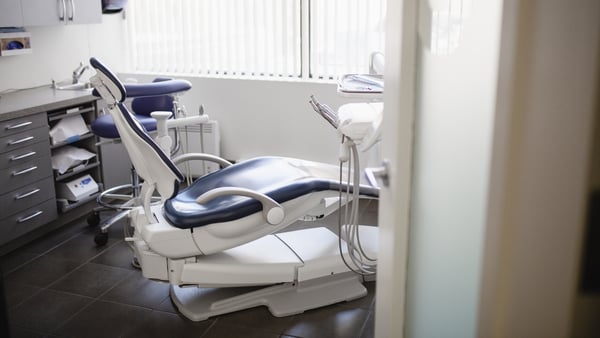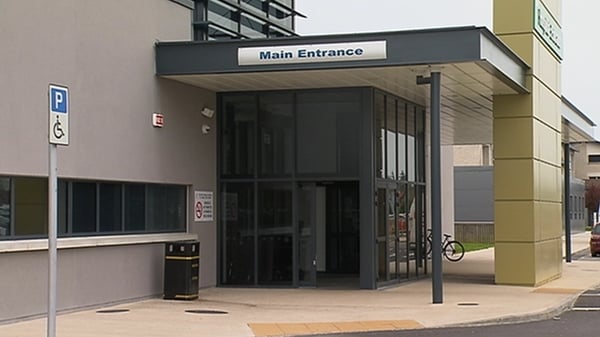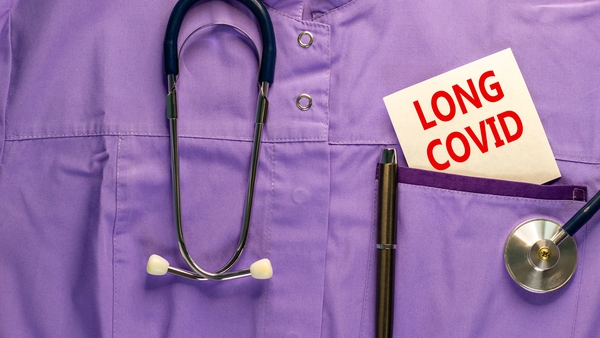Attendances at emergency departments across the country have been higher this year than ever before, the HSE has said.
Its interim Chief Executive Stephen Mulvany told the Oireachtas Health Committee that levels of infectious respiratory diseases are at exceptional levels, with sustained peaks when compared with the last five seasons.
He said that over the last two weeks, there have been days when the National Ambulance Service received more than 2,000 calls a day, which represents a new record high.
He said the situation is being experienced by almost all health systems in western Europe.
Mr Mulvany said the HSE regrets that there have been increased numbers of patients waiting on trolleys and in surge facilities for longer periods.
He said that HSE staff do not believe this is acceptable and neither does the executive.
Mr Mulvany said the winter GP out-of-hours services are seeing nearly 39,000 patients a week on average.
He set out some of the escalation measures in place like extra seven-day working across acute and community services since 5 January; extended clinic hours by GPs of up to eight hours a week and the National Ambulance Service engaging private capacity.
He told the committee that there has been a substantial improvement in the situation over the past week, with a significant decrease in the numbers of patients on a trolley awaiting a hospital bed.
The Irish Nurses and Midwives Organisation has put the level of overcrowding today at 561.
The hospitals worst affected are Cork University Hospital with 54 patients waiting, Letterkenny with 47 and University Hospital Limerick with 42 patients.
FG Senator Martin Conway said that the HSE's Winter Plan was an unmitigated disaster and described the HSE's response to the crisis as lacklustre.
We need your consent to load this rte-player contentWe use rte-player to manage extra content that can set cookies on your device and collect data about your activity. Please review their details and accept them to load the content.Manage Preferences
Mr Mulvany said he would not accept that, however he told the committee that any level of overcrowding was not acceptable.
Sinn Féin's health spokesperson David Cullinane TD, said that all the warning signs were there before the record levels of overcrowding were recorded.
He said there was a lack of urgency or leadership by the HSE.
Labour's health spokesperson Duncan Smith said it should not be considered acceptable to have between 400 and 500 people on hospital trolleys.
"Just because we hit 900 a couple of weeks ago, which is absolutely outrageous, we should not be accepting 400 - 500 on trolleys as something that the system should be expected to do," he told RTÉ's News at One.
"Our system is under intense pressure at all levels. We don't have enough community care, we don't have enough primary care, we don't have enough GPs and it's putting massive pressure on our hospitals."
Attending Health Commt this morning hearing from HSE Snr Mgt on the ongoing crisis & issues in Emergency Depts. pic.twitter.com/FtXeaH6Qjw
— Martin Conway (@conwayforclare) January 17, 2023
Read more:
Free GP care for all would cost between €381m and €881m - report
Why do the HSE and INMO trolley figures differ?
Ahead of the meeting, Committee Cathaoirleach Seán Crowe said: "The Committee will use this first meeting back after the Christmas recess to meet with officials from the Health Service Executive to discuss the ongoing difficulties facing emergency departments in public hospitals.
"As we have seen, this year's winter surge of respiratory illnesses, combined with the shortage of acute hospital beds, has led to hundreds of patients waiting on trolleys in Ireland's hospitals every day.
"We will look to the HSE to outline the measures being implemented to tackle these record numbers on trolleys.
"We will also look to their medium to long term plans in order to ascertain what is in place for the predictable increased pressure in emergency departments next year and beyond."
The committee scrutinises the work of the Department of Health and its agencies and examines health policy, the future planning of health services and proposed changes to the way healthcare is delivered.
Last week, the INMO said the level of overcrowding across Irish hospitals is "still too high".
